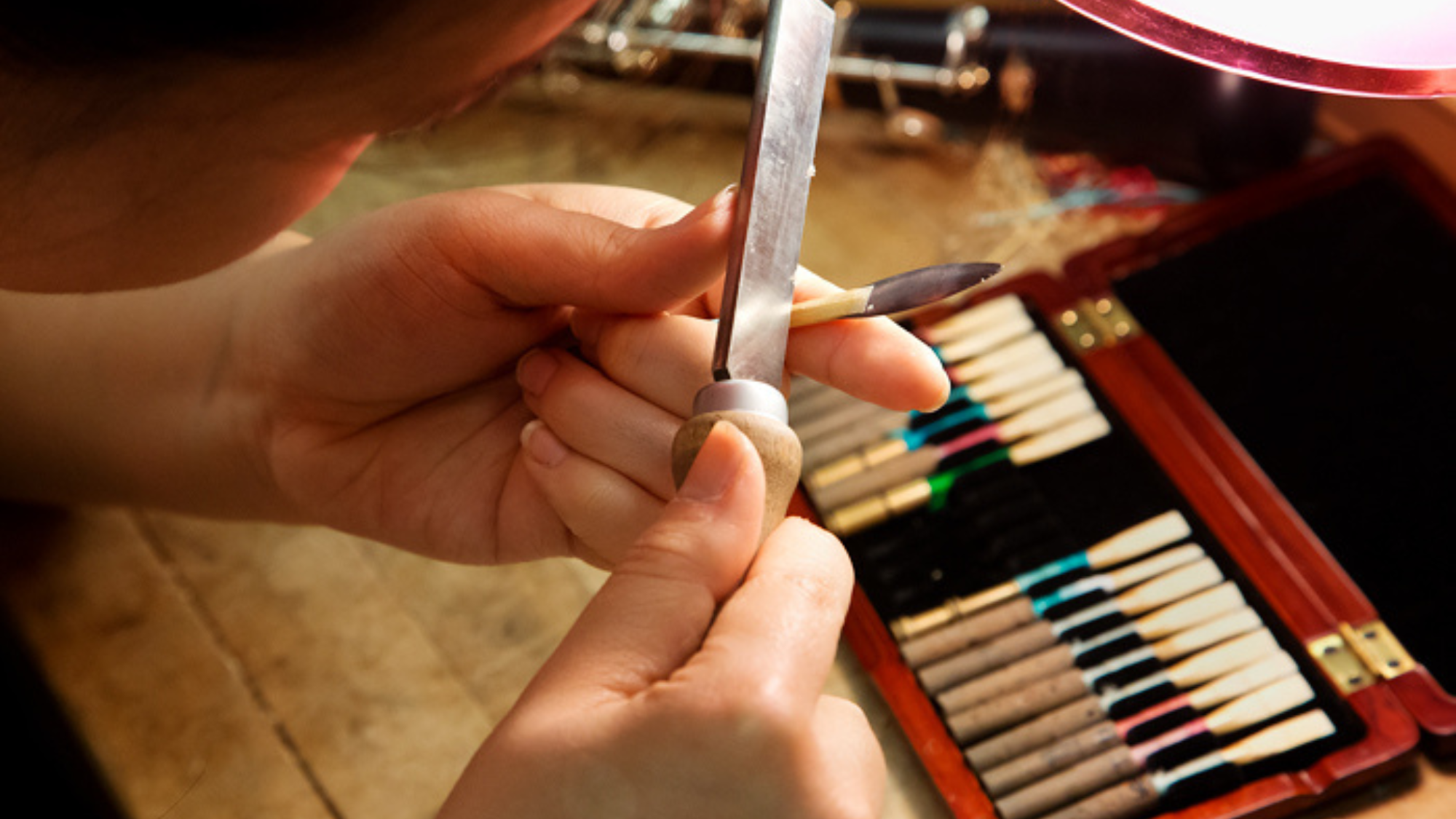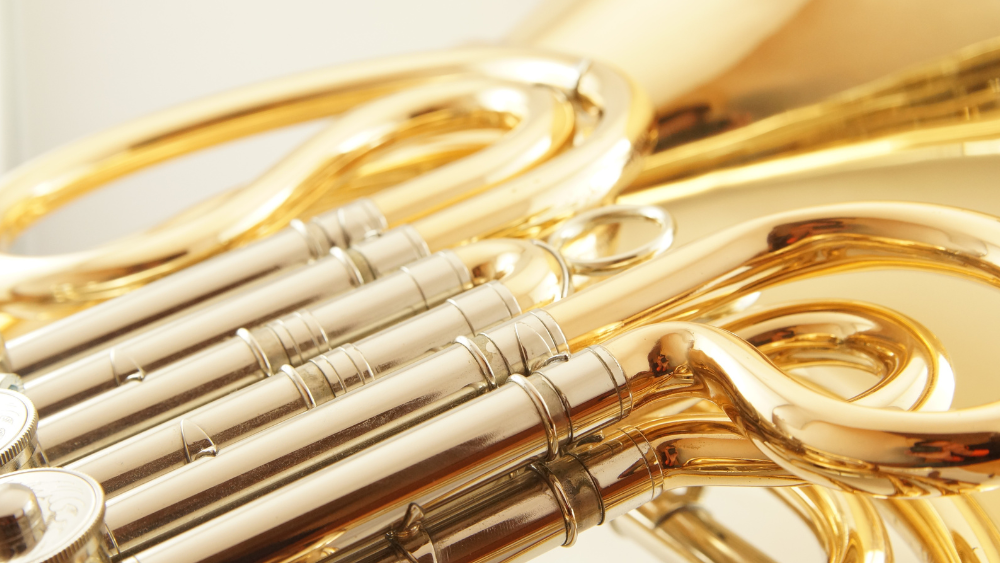Introduction
Slap tonguing is an extended technique used by saxophonists that produces a unique popping sound when articulating notes in a pizzicato style. This effect, sometimes called for in contemporary saxophone literature, is notated either by an “x” note head or by placing a “+” sign above or below the note along with the words “slap tongue”. Commercial and jazz performers also use this technique to show mastery of their instruments and to create more interesting solos.

Flutter tonguing is an extended technique used by saxophonists to change the timbre of a note. Unlike other types of articulation, flutter tonguing is not actually used to articulate notes in the traditional sense but is used to modify the tone giving it a raspy, growling timbre. This technique, used in classical, commercial, and jazz styles, is a very effective way of creating musical expression and interest. The standard notation for flutter tonguing is to write the note with three beams through the stem with f. t. or its equivalent in a foreign language written above to avoid confusion.

Learning to Slap Tongue
Before trying to slap tongue on the saxophone, the performer should first practice this technique by simulating the tongue movement against the roof of the mouth. To do this, the tongue should be pressed flat against the roof of the mouth just behind the front teeth.
Next, the tongue should be quickly and forcefully pulled downward producing a popping sound. No air is blown from the lungs while completing this movement as the popping sound is made from the release of suction created between the tongue and the roof of the mouth. Continue practicing this exercise striving to make the popping sound as loud as possible.
To produce a slap tongue on the saxophone, the performer first fingers the note to be tongued then places the tongue flat against the reed, covering the surface about one-half inch in from the tip. A lower register note is suggested since slap tonguing is easier to produce on these notes. Next, the middle of the tongue is pulled away from the reed while keeping the tongue’s sides and tip in place. This creates an area of suction between the reed and tongue that when released by forcefully pulling the tongue downward, creates a popping of slapping sound. When slap tonguing, no air actually enters the mouthpiece. However, depending upon how much resonance is desired, a slight puff of air may be added to the tongue movement.
Learning to Flutter Tongue
There are two methods of flutter tonguing available to the performer. In the first method, flutter tonguing is produced by fluttering the tip of the tongue against the roof of the mouth just behind the front teeth using a rolled “R” movement. For some saxophonists, this method of flutter tonguing is not possible because they cannot roll the tongue in an “R” fashion. A second method of flutter tonguing is to vibrate the back of the tongue against the roof of the mouth in a movement similar to gargling. This technique produces a weaker flutter tongue but allows those performers who cannot roll their “R s” a way to produce the effect.
To develop the ability to flutter tongue, a performer should first try to produce a rolled “R” sound by fluttering the tip of the tongue against the roof of the mouth without using the instrument. If this cannot be done after some practice, the second method of vibrating the back of the tongue against the roof of the mouth similar to gargling should be tried. After being successful at one of these methods, an attempt to flutter tongue should be attempted using just the saxophone mouthpiece and neck. If using the first method, start the tone and then begin rolling the tongue in an “R” movement against the roof of the mouth while blowing a narrow stream of fast-moving air into the mouthpiece. The back of the tongue will feel very high in the oral cavity as if saying the word “her”. Make sure not to touch the reed with the tongue, as this will stop the tone.
If using method two, start the tone and then begin vibrating the back of the tongue against the roof of the mouth while blowing a strong, narrow stream of air into the mouthpiece again not allowing the tongue to touch the reed. After being successful at one of these methods, the saxophone can be assembled and the performer can begin practicing flutter tonguing with the instrument. Notes in the mid and low range should be practiced first since the tones are easier to flutter tongue than notes in the upper register. Once the performer feels comfortable with these notes, flutter tonguing can be expanded into the upper register making sure to lighten the tongue movement as the notes ascend.
Summary
Developing the ability to slap and flutter tongue should be on every saxophonist’s to-do list. These techniques are sometimes called for in performances and it is unfortunate for those players who have not yet developed these abilities. In addition, these techniques can add much interest, variety, and authenticity to a saxophonist’s solo when performed correctly and in the appropriate style of music. It is well worth the additional practice time needed to develop these skills since saxophonists will gain two additional techniques that can greatly enhance their performances.






